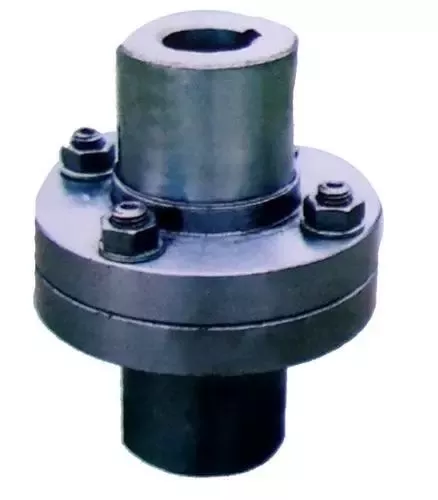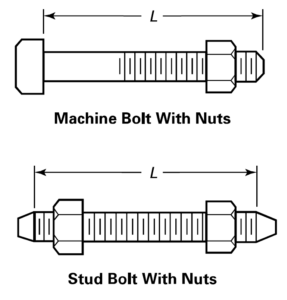Pipe Flange vs Flange Coupling: A Complete Guide to Connection Solutions in Piping Systems
In any piping system, depending on the joining method can become imperative for construction with regard to safety, efficiency, and end-use performance. Being the more familiar joining method, pipe flanges and flange couplings each have their unique permitting benefits and engineering functions.
Herein this guide, we will discuss their differences, types, applications, and practical considerations to give a weighty decision in hand.
What Is a Pipe Flange?
A pipe flange is a joining element used in piping to connect components such as valves, pumps, or other pipes, normally using bolts and a gasket to seal it for applications under high pressure and temperature.
Popular Flanges
Weld Neck Flange-With this flange, the long tapered hub type reduces stress; it is used in high-pressure systems.
Slip-On-Flange-Fits over the pipe and is fillet-welded; it is used commonly in low-pressure lines.
Blind Flange-Core Function-To seal off either the end of a pipe or the opening of a vessel.
Threaded-Flanges-Welding is not an option and flanges are directly screwed onto the pipe.
Socket Weld Flange-Very strong for small diameters and high pressure.
Lap Joint Flange-In conjunction with stub ends, whenever constant removal is needed.
Flanges manufacture in stainless steel, carbon steel, and alloy steel according to international standards such as ASME, DIN, and EN.
For readers interested in different pipe materials, there’s a helpful breakdown of stainless steel tube options, including dimensions and grades.
A Flange Coupling: What Is It?
Two revolving shafts or pipe segments are joined by a flange coupling. It has bolted flanged ends, frequently with keys or sleeves to guarantee alignment and torque transfer.
Common Flange Coupling Types
Strong, non-flexible connections between aligned shafts are made possible by rigid flange coupling.
Flexible flange coupling, which is frequently used with motors, absorbs vibration and permits slight misalignment.
Split Flange Coupling: This two-piece design is perfect for tight installations or repairs.
Threaded Flange Coupling: This method joins pipes or shafts with threaded ends without the need for welding.
Comparison: Pipe Flange vs Flange Coupling
| Feature | Pipe Flange | Flange Coupling |
|---|---|---|
| Application | Fluid transport pipelines | Rotating shafts or modular pipe systems |
| Pressure Rating | Suitable for high pressure (up to 2500 psi) | Moderate to low pressure |
| Torque Handling | Not designed for torque | Built for torque transfer |
| Flexibility | Rigid only | Rigid or flexible (based on type) |
| Vibration Dampening | Not applicable | Present in flexible types |
| Installation | May involve welding and precise alignment | Generally faster; often bolted |
| Common Standards | ASME, ANSI, DIN | Custom or system-specific |
When to Use Each Use a pipe flange when:
The system involves high pressure or temperature.
You need a standardized, leak-proof joint.
Maintenance access is necessary, such as disassembly or cleaning.
Material compatibility, like stainless steel boiler tubes, is important.
Use a flange coupling when:
You are joining rotating shafts.
The system can handle misalignment or vibration.
You require a quick or flexible pipe connection.
Torque transfer is important.
Industry Applications
Pipe Flanges are used in:
- Water treatment plants
- Food, beverage, and dairy piping
- High-temperature steam or chemical systems
- Process lines in pharmaceuticals (refer to standards like those used in boiler tubing systems)
Flange Couplings are found in:
- Motor and gearbox connections
- Pump-to-pipe assemblies
- Industrial machinery and HVAC systems
Related System Components
Understanding the difference between connection types also depends on the overall system design. For example, structural support or sanitary processing systems may also use stainless steel flanges with different sealing or hygienic standards.
Final Thoughts
While pipe flanges and flange couplings may appear similar in design, their performance characteristics are uniquely suited for different types of systems. Understanding these distinctions helps ensure safer and more efficient operation—whether you’re working with steam pipelines or motorized machinery.
If you’re building or maintaining industrial piping, it’s worth reviewing how connection types align with system needs—considering pressure, motion, vibration, and maintenance expectations.
Let me know if you want this formatted for HTML, WordPress, or with structured FAQ Schema for better search engine ranking.
Frequently Asked Questions (FAQs)
Q1: Can I use a flange coupling in place of a pipe flange?
No. While they share similar shapes, flange couplings are built for mechanical movement and torque, while pipe flanges are designed for sealed static connections.
Q2: Are stainless steel flange couplings suitable for chemical systems?
In some cases, yes—especially in low-pressure modular systems. However, for high-pressure applications, flanges are generally more secure.
Q3: Do flange couplings allow for misalignment?
Flexible flange couplings can absorb slight misalignments, making them ideal for motors or vibration-sensitive systems.
Q4: What type of flange should I use in a sanitary pipeline?
Use stainless steel flanges with polished finishes and compliant welds—common in dairy and pharma-grade installations.
Q5: Is it necessary to follow ASME standards when selecting flanges?
Yes, especially in pressure-critical applications. Flanges made to ASME or DIN standards ensure safety, compatibility, and durability.




